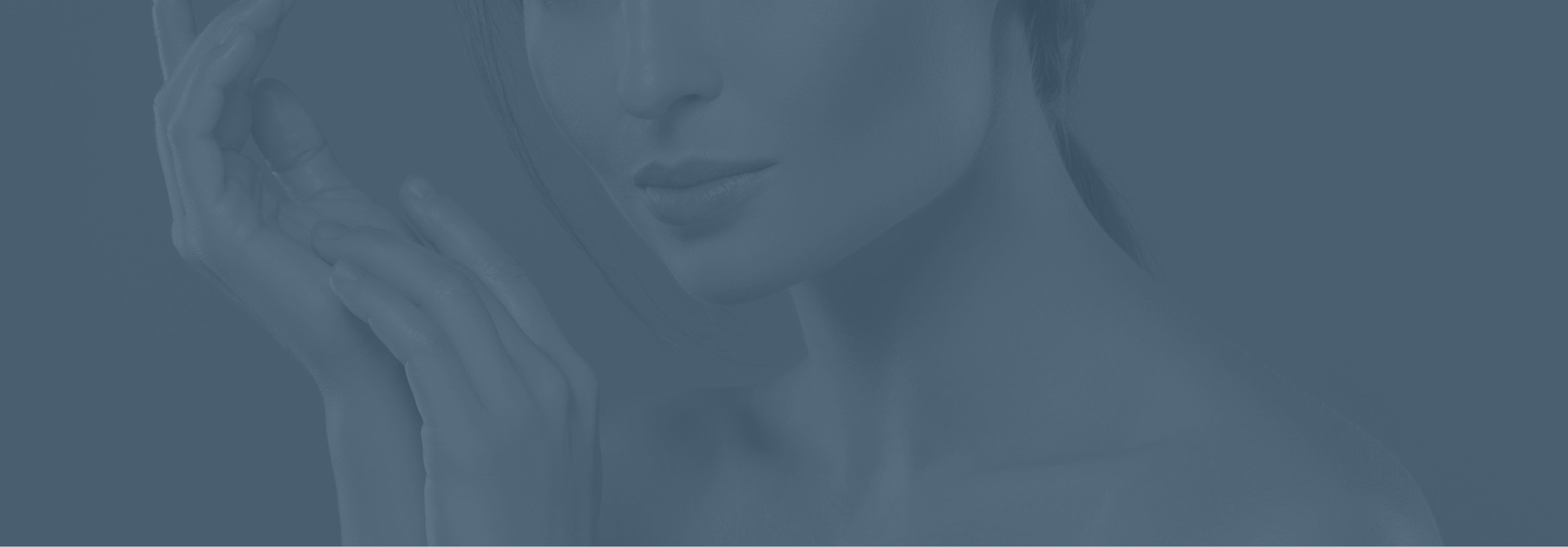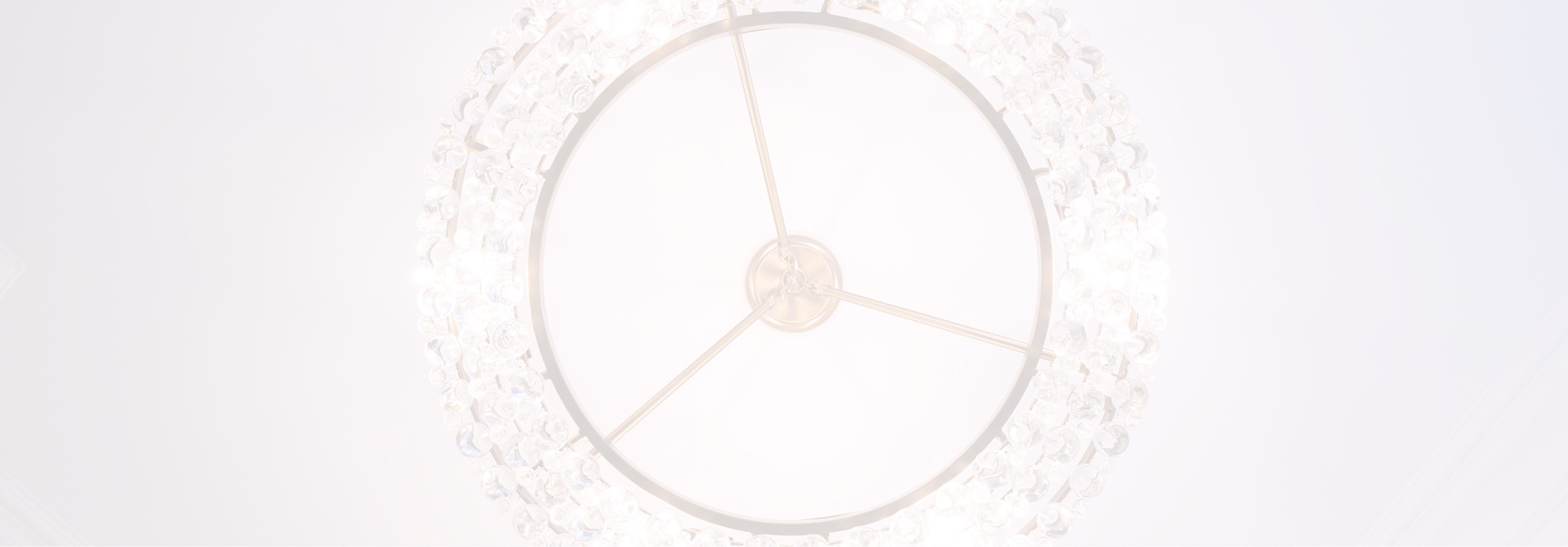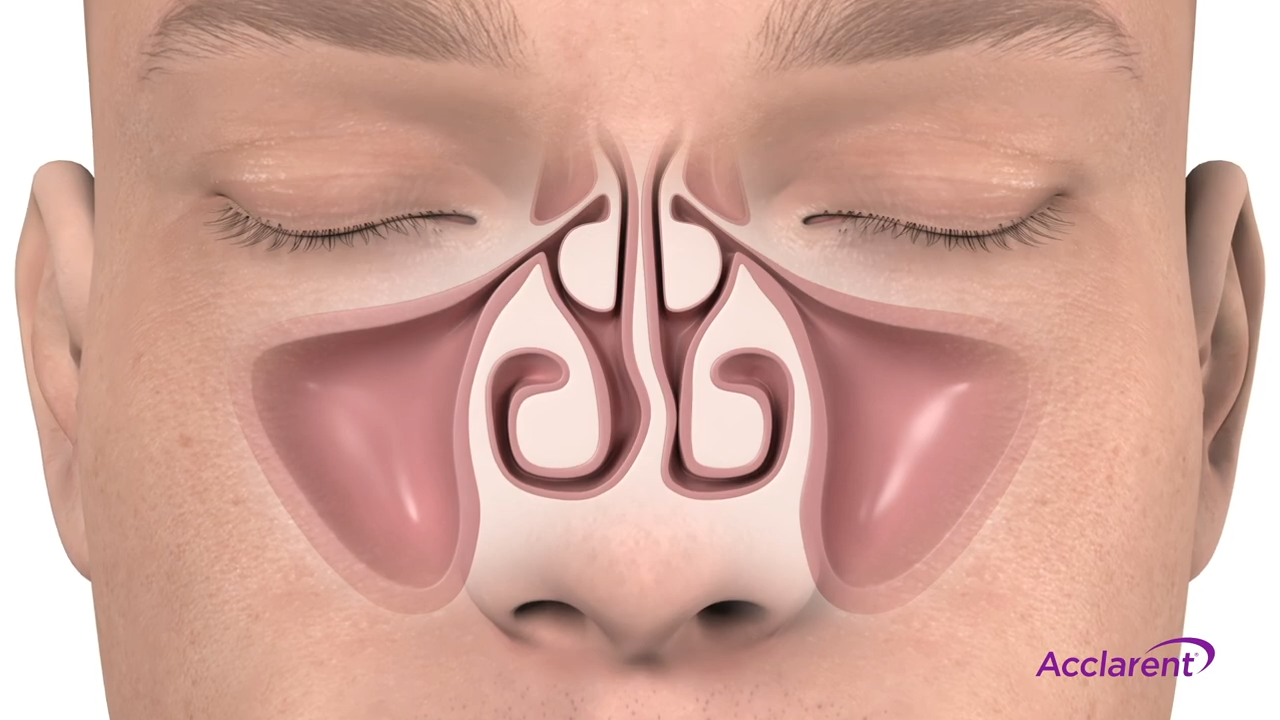Turbinate reduction is performed to relieve the symptoms caused by enlarged turbinates, which can include congestion, runny nose, snoring, nosebleeds, and trouble breathing.
Why Choose Dr. Reitzen for Turbinate Reduction?
With a focus on restoring optimal breathing function, Shari Reitzen, MD puts her patients first and closely listens to achieve their desired results and improve their quality of life. As a double board-certified reconstructive and plastic surgeon and an experienced ENT doctor, her goal is to restore functionality as safely and effectively as possible for each patient. If you are in the Tribeca or Upper East Side area and you’re suffering from the symptoms of enlarged turbinates, we encourage you to contact us to book a consultation with Dr. Reitzen.







